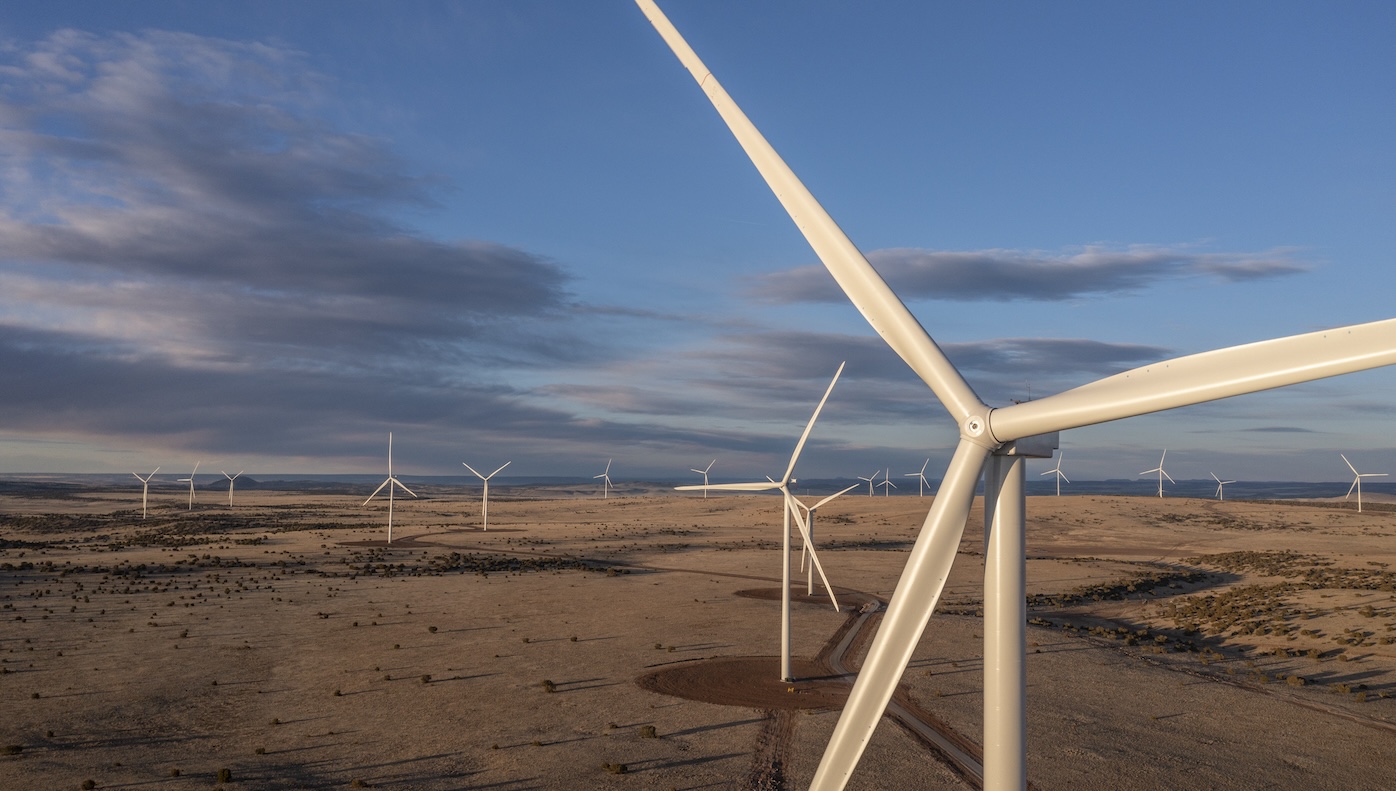In 2010, India’s grid was in crisis. The Asian nation struggled with power deficits close to 13% during periods of peak demand, while around one in four Indians still lacked access to electricity. But India has come a long way, and fast. Today 99.6% of Indians have electricity access.
Related News
GE Vernova and Seatrium secure a major contract from TenneT to connect North Sea wind power to Germany’s grid
-
Contract secured for BalWin5, TenneT’s new 2.2-gigawatt offshore grid connection, expected to power approximately 2.75 million households and support Germany’s long-term energy security and decarbonization goals
-
GE Vernova’s Electrification Systems business to deliver the full HVDC technology and the onshore and offshore converter stations
-
Seatrium to design, build, transport, and install the offshore converter platform
Berlin, Germany; Singapore (December 11, 2025) – GE Vernova and Seatrium today announced that their consortium has been awarded a contract by TenneT to deliver a major part of BalWin5, a new 2.2-gigawatt (GW) offshore high-voltage direct current (HVDC) grid connection designed to transmit electricity from offshore wind farms in the German North Sea to the onshore transmission network in Germany. Once operational, BalWin5 is expected to provide enough renewable electricity to power approximately 2.75 million households. BalWin5 is one of TenneT’s 2 GW projects. This new generation of powerful offshore grid connection systems is set to speed up the integration of large-scale offshore wind energy into the German grid, thereby supporting the country's energy transition and climate goals.
This contract is the fourth project awarded to the GE Vernova-Seatrium consortium under the five-year Framework Cooperation Agreement with TenneT announced in March 2023. It is also the consortium’s first win concerning TenneT’s German 2 GW projects. BalWin5 marks an important step in strengthening Germany’s electricity infrastructure and supporting the country’s long-term goals for energy security and decarbonization.
GE Vernova and Seatrium consortium’s scope
As part of the contract, GE Vernova’s Electrification Systems business is expected to deliver the onshore and offshore converter stations and the complete HVDC technology, including the advanced control and protection systems that help maintain stable and secure operation across the transmission network. HVDC links are designed to support the high-capacity, long-distance transmission of offshore wind power, helping to reduce transmission losses and improve overall system performance.
Seatrium is responsible for the design and construction of the offshore converter platform and will manage transportation and installation in the German North Sea. Works are scheduled to commence on 1 January 2026, with majority of platform fabrication taking place at Seatrium’s yards in Singapore and Batam.
“BalWin5 reflects the scale and ambition of Germany’s energy transition, and we are proud to support TenneT in this important program. Our Electrification Systems business brings decades of innovation in HVDC technology, helping deliver solutions that are designed for efficiency, affordability, and long-term energy security. Working alongside Seatrium, we are confident in our ability to deliver a high-quality system that strengthens the offshore grid and supports Europe’s move toward a more resilient and sustainable electricity infrastructure.” says, Philippe Piron, CEO, GE Vernova’s Electrification Systems business.
“We are proud to extend our partnership with TenneT and GE Vernova to deliver this transformative offshore wind solution as we collectively push boundaries to accelerate energy transition goals and innovation. Leveraging the proven design and experience gained from the first three platforms we are building for TenneT, we are confident in delivering an equally high-quality product safer and more efficiently through our series-build strategy, underpinned by the collective power harnessed from our One Seatrium Global Delivery Model.” says Samuel Wong, Executive Vice President of Seatrium Energy (Fixed Platforms).
About BalWin5, the 2.2-gigawatt offshore grid connection
TenneT’s BalWin projects are a series of large offshore grid connections designed to transport electricity from wind farms in the German North Sea to the onshore grid. Each project in the BalWin program is built to move significant volumes of renewable energy into Germany’s electricity system as part of the country’s wider offshore wind expansion.
BalWin5 is one of TenneT’s major new projects to bring more electricity from North Sea wind farms into Germany’s power grid. The connection is being designed to carry up to 2.2 gigawatts of wind power to homes and businesses, allowing Germany to make better use of the large offshore wind farms operating in the North Sea. The additional 200 megawatts above the standard 2-GW design come from building the system with enough technical headroom to transport more power when wind conditions allow. This means more renewable electricity can be delivered without needing extra infrastructure or added cost.
The system will include an offshore converter station in the North Sea, an onshore converter station at Bremen-Werderland, and a combined 325-kilometer sea and land cable system. Commissioning is planned for 2032.
Today’s offshore grid connections are typically much smaller, at around 900 megawatts. Increasing the transmission capacity to 2.2 gigawatts means that the connection can carry more power, making use of the infrastructure more efficiently and reducing the overall cost of bringing offshore wind to shore. By transporting more electricity per system, the cost per megawatt falls and the offshore network becomes more efficient.
TenneT is applying this new standard across several projects through long-term framework agreements, which give suppliers clearer visibility and allow the systems to be delivered faster, more efficiently, and at a lower cost.
-ENDS-
end
About GE Vernova
GE Vernova Inc. (NYSE: GEV) is a purpose-built global energy company that includes Power, Wind, and Electrification segments and is supported by its accelerator businesses. Building on over 130 years of experience tackling the world’s challenges, GE Vernova is uniquely positioned to help lead the energy transition by continuing to electrify the world while simultaneously working to decarbonize it. GE Vernova helps customers power economies and deliver electricity that is vital to health, safety, security, and improved quality of life. GE Vernova is headquartered in Cambridge, Massachusetts, U.S., with approximately 75,000 employees across approximately 100 countries around the world. Supported by the Company’s purpose, The Energy to Change the World, GE Vernova technology helps deliver a more affordable, reliable, sustainable, and secure energy future.
GE Vernova’s Grid Solutions business electrifies the world with advanced grid technologies and systems, enabling power transmission and distribution across the power grid, and supporting a decarbonized and secured energy transition.
© 2025 GE Vernova and/or its affiliates. All rights reserved.
GE and the GE Monogram are trademarks of General Electric Company used under trademark license.
Press Resources

Investor inquiries
Media inquiries
Creative Approach: Cultivating Tomorrow’s Women Energy Leaders Today

Statistics reflect what leaders like Yogini Parkhi know from experience. At a key moment in many girls’ lives, they’re nudged away from interests like math and science. “I know it happened to me growing up in India,” says Parkhi, the engineering leader for GE Vernova’s Grid OS Data Fabric and Connect business. She saw the same thing happen with her daughter years later in the States. “When she was 10 she could solve a Rubik’s Cube in 50 seconds,” Parkhi recalls.
Related News
Mission Repowered: How a Navy Veteran Found New Purpose in Wind Energy

Related News
GE Vernova to provide grid-stabilizing technology for Transgrid to support renewables rollout in Australia
SYDNEY, Australia – November 06, 2025 –
- GE Vernova Inc. (NYSE: GEV) has signed a contract with Transgrid for the supply of synchronous condensers, highly-sought-after equipment that will assist in stabilising the New South Wales (NSW) grid as it transitions from coal to renewables.
- Synchronous condensers and associated systems to be supplied across five strategic sites on the NSW transmission network
- These machines play a critical role in stabilizing modern electricity networks by providing inertia, voltage control, and fault current — functions traditionally supplied by large coal-fired generators. By replicating this stabilizing effect, these machines enable higher penetration of renewable energy sources such as wind and solar, improving overall system performance and reducing costs for consumers.
Forward Looking Statements
This document contains forward-looking statements – that is, statements related to future events that by their nature address matters that are, to different degrees, uncertain. These forward-looking statements address GE Vernova's expected future business and financial performance, and the expected performance of its products, the impact of its services and the results they may generate or produce, and often contain words such as “expect,” “anticipate,” “intend,” “plan,” “believe,” “seek,” “see,” “will,” “would,” “estimate,” “forecast,” “target,” “preliminary,” or “range.” Forward-looking statements by their nature address matters that are, to different degrees, uncertain, such as statements about planned and potential transactions, investments or projects and their expected results and the impacts of macroeconomic and market conditions and volatility on business operations, financial results and financial position and on the global supply chain and world economy.
end
About GE Vernova
GE Vernova Inc. (NYSE: GEV) is a purpose-built global energy company that includes Power, Wind, and Electrification segments and is supported by its accelerator businesses. Building on over 130 years of experience tackling the world’s challenges, GE Vernova is uniquely positioned to help lead the energy transition by continuing to electrify the world while simultaneously working to decarbonize it. GE Vernova helps customers power economies and deliver electricity that is vital to health, safety, security, and improved quality of life. GE Vernova is headquartered in Cambridge, Massachusetts, U.S., with approximately 75,000 employees across approximately 100 countries around the world. Supported by the Company’s purpose, The Energy to Change the World, GE Vernova technology helps deliver a more affordable, reliable, sustainable, and secure energy future.
GE Vernova’s Power Conversion & Storage business combines advanced energy conversion and storage systems to meet the electrification needs of utilities and industries. With a focus on industrial electrification, power stability, and energy storage solutions, Power Conversion & Storage empowers customers by addressing their most complex electrification challenges and accelerating their transition to a sustainable, decarbonized future.
© 2025 GE Vernova and/or its affiliates. All rights reserved.
GE and the GE Monogram are trademarks of General Electric Company used under trademark license.
Investor inquiries
Media inquiries
Sparking Innovation: How One Engineer Secured 30 Patent Applications That Are Shaping the Future of Energy
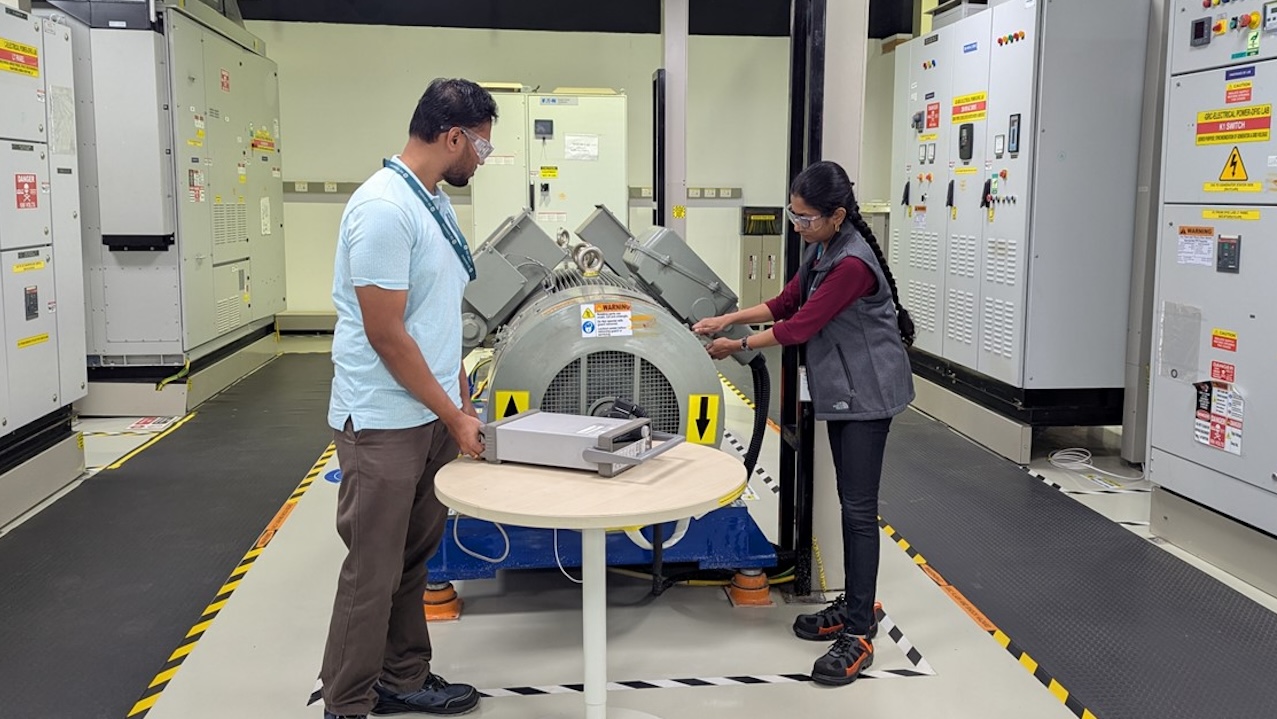
Veena P. has learned in her 14 years at GE Vernova that earning patent recognition for her inventions isn’t a matter of waiting for lightning to strike. Instead, the technology manager in electrical systems at GE Vernova’s Advanced Research Center in Bengaluru, India, has developed a systematic process that has helped her successfully register 30 patent applications so far, with more in the works all the time. Her innovations support GE Vernova’s mission to accelerate the energy transition, making power systems more efficient and reliable.
Related News
The Energy Transition Calls for Tailor-Made Decarbonization Solutions
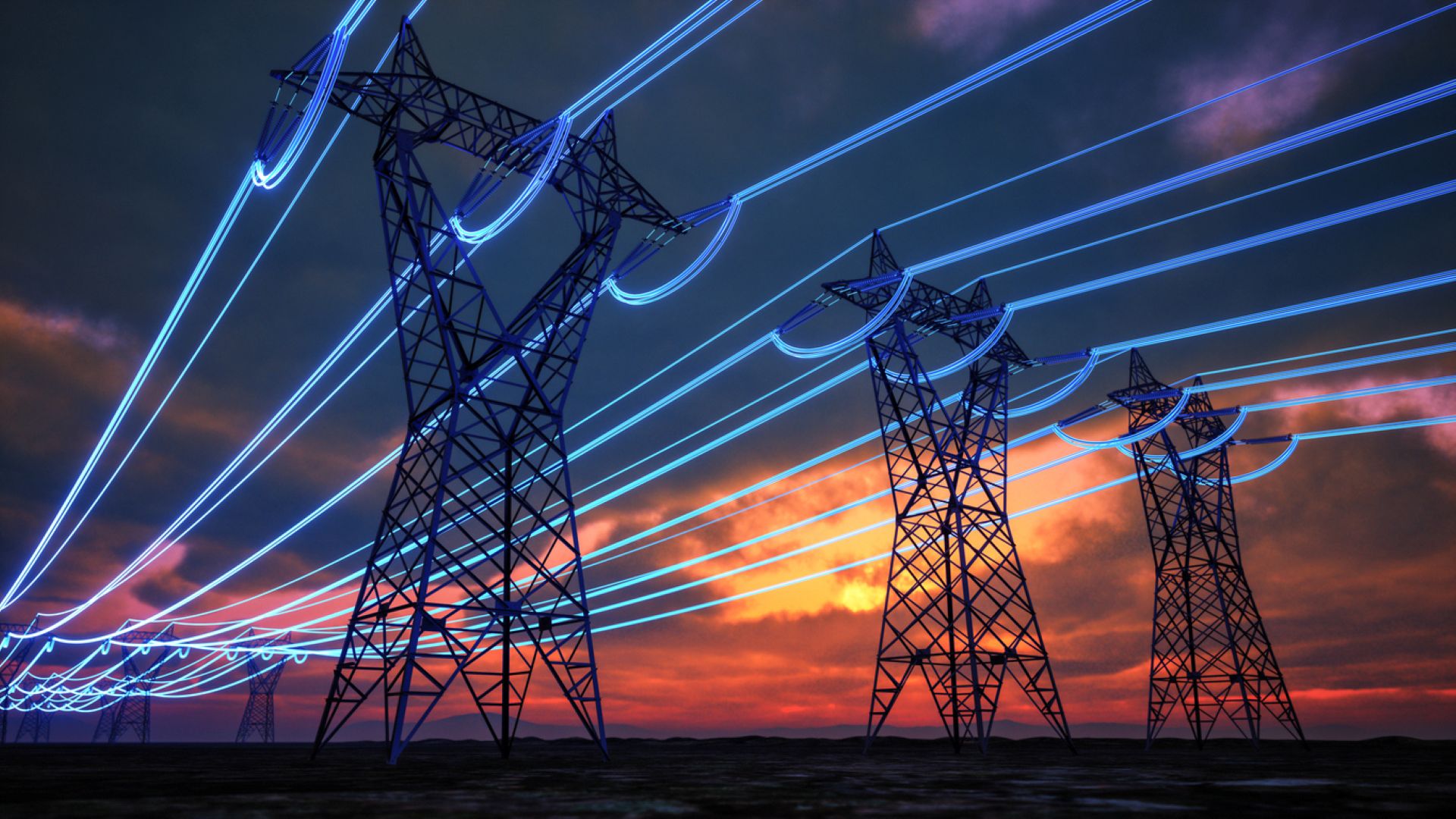
Let’s say you’re a developing country whose power grid is saddled with inefficient oil-fired power generation and you need to electrify quickly to meet the needs of a fast-growing economy. You might build out your solar, wind, battery storage, natural gas, or all of the above — but who can you call for help and advice?
Related News
Eye on the Summit: MIT Grad Matias Opazo Climbs Higher with GE Vernova

Related News
Energizing Georgia’s Future: These Mighty Gas Turbines Can Power the Peach State’s Blossoming Rural Economy
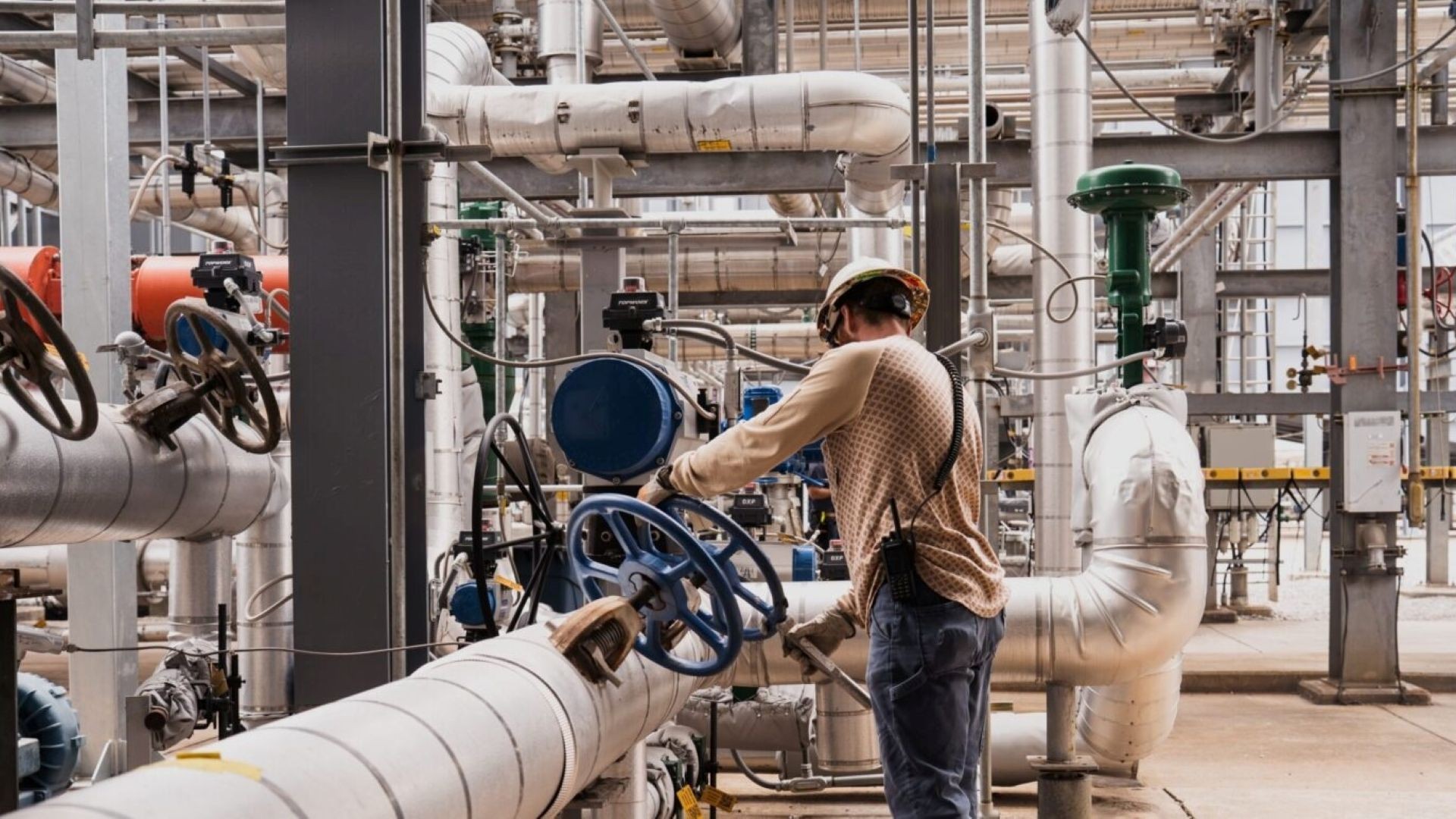
Data centers, those serried racks of servers, storage devices, and network hardware that keep the internet humming, are dominating the conversation about future energy demand.
For ‘Wind Girl’ Julia Vey, the Only Thing Better than Getting Wind Turbines Delivered on Time Is the View from the Top
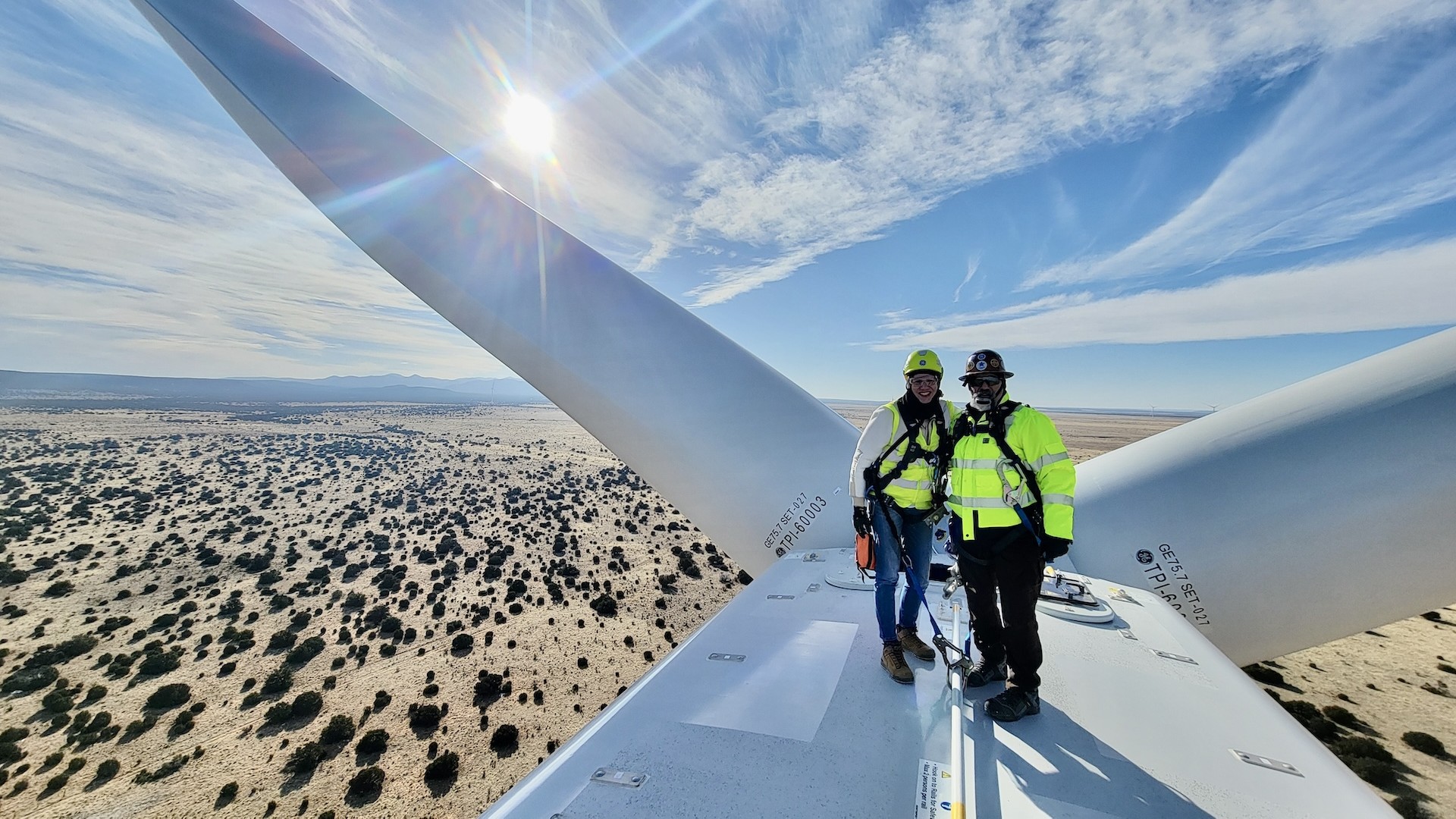
The scene: northwest Germany. A quiet farm. Enter a university student with a question that would shape her future. “Hey, when are you getting a wind turbine?”
It was a casual moment, but for Julia Vey, then an apprentice at GE Vernova in nearby Salzbergen, it planted a seed. Back in the early 2000s, wind power was still small-scale, and large turbines were rare. But Julia was fascinated — and determined to be part of what she sensed was coming.
Related News
- Page 1
- Next page
